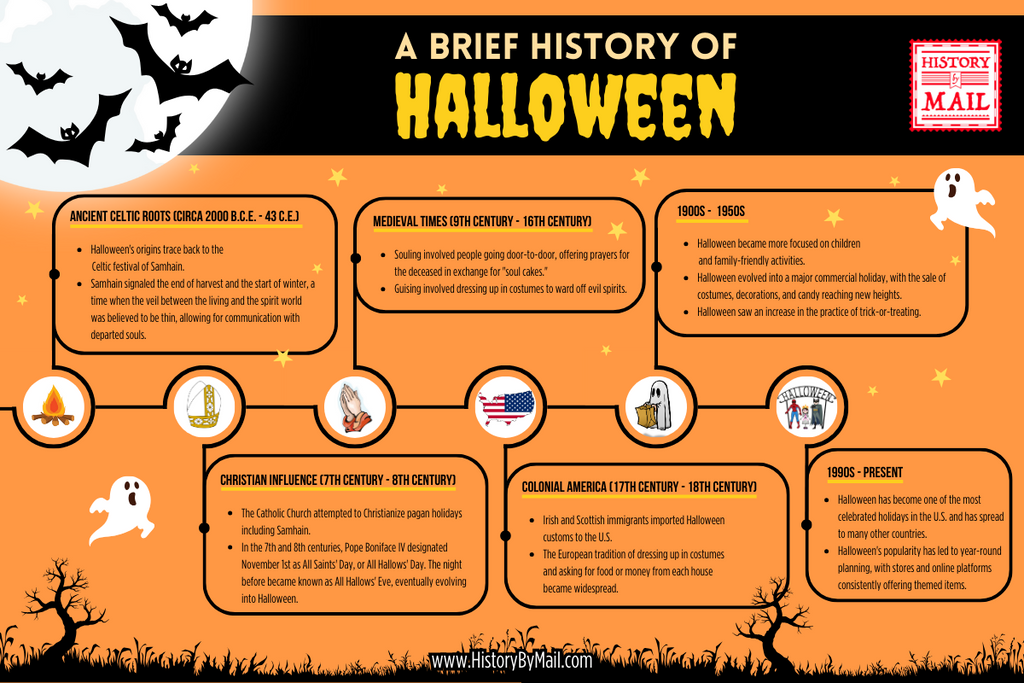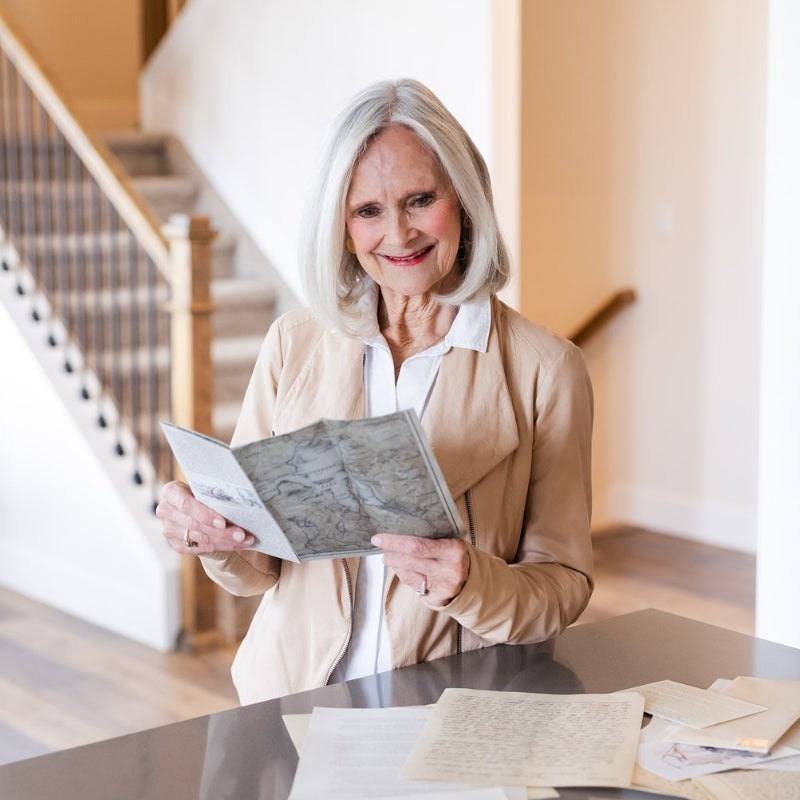The Ancient Celtic Festival: Samhain
Over 2,000 years ago, the Celts in Ireland, the UK, and northern France celebrated Samhain. This festival signaled the culmination of the harvest and heralded the unforgiving winter ahead. Historically, Samhain was a period of duality. Agriculturally, it marked the boundary between plenty and impending scarcity. People believed that the walls between the living and spirit worlds got smaller.
Bonfires played a pivotal role during Samhain. These towering infernos, lit across Celtic regions, served many purposes. People believed these objects kept them safe, showed respect to their gods, and brought people together. The Celts predicted events for the next year by throwing objects into the flames.

Roman Interactions and Integration
When the Roman Empire extended its grasp over Celtic territories in 43 AD, the two cultures inevitably intertwined. The Romans introduced Feralia, a day to honor the dead, and a festival for Pomona, the goddess of fruit and trees. Over time, the influence of the Romans became stronger. The celebration of Samhain started with Celtic and Roman customs. The cultural exchange influenced the festival's development and shaped Halloween as we know it today.
The Christian Overlay
The advent of Christianity in Europe saw a strategic effort by the Church to assimilate pagan traditions. In the 8th century, a significant canonical shift occurred under Pope Gregory III. He designated November 1st as All Saints' Day, a day to venerate all saints. The preceding evening, which coincided with Samhain, was termed All Hallows' Eve, eventually evolving linguistically into "Halloween."
Following this, All Souls' Day was introduced on November 2nd. This day, dedicated to the souls of the departed, bore many traditions reminiscent of Samhain. There were parades, where participants donned diverse costumes, hinting at the array of modern Halloween outfits.
American Transitions: Cultures Converge
The arrival of European settlers in 17th and 18th-century America brought with them a mosaic of Halloween customs. While certain colonies were resistant to these traditions due to Protestant influence, others, such as Maryland, were more welcoming.
The 19th century saw a demographic shift with the influx of Irish immigrants. Their deep-rooted Halloween traditions significantly influenced its popularity in the U.S. This era also witnessed the rise of "play parties" — community-centric gatherings celebrating the harvest. These events fostered storytelling, dancing, and fortune-telling.
With urbanization in the late 19th century, there was a conscious effort to shift Halloween's image. Efforts were made to reduce mischief and vandalism. Halloween began its transition from a mischievous night to a community and child-centric celebration.
20th Century: Commercialization and Evolution
The 20th century marked a transformative phase for Halloween. In the U.S., it underwent significant commercialization. Industries emerged, dedicated to producing costumes, candies, and decorations. The act of trick-or-treating, reminiscent of medieval European customs, became standardized during this period.
Furthermore, as the century progressed, Halloween events became staples in schools and community centers. These organized events emphasized safety and structured activities. This shift reflected the changing societal perception of Halloween.
Halloween in Pop Culture
The latter half of the 20th century also saw Halloween's ascent in popular culture. Films, TV shows, and literature began to prominently feature Halloween themes. This media exposure played a role in shaping contemporary Halloween traditions and contributing to their global spread.
Halloween's Migration to Other Continents
While Halloween's roots are primarily European, the 20th century saw its migration to other continents, facilitated by globalization and media proliferation. In countries as far flung as Australia and Japan, Halloween began to gain traction. Initially, there was resistance due to the perception that it was an "American" holiday. However, as the years progressed, especially towards the end of the 20th century, more communities in these regions began to adopt Halloween customs, albeit with local twists.
The Evolution of Costumes
One of the most recognizable aspects of Halloween is the tradition of dressing up. While the Celts wore animal skins, by the 20th century, costumes had evolved drastically. In the early 1900s, people started making their own costumes. These costumes often depicted supernatural creatures like ghosts, witches, and skeletons. In the mid-20th century, companies started making many costumes influenced by pop culture, history, and current events. This evolution reflects society's changing tastes and the influence of global media.
The Economic Impact of Halloween
By the late 20th and early 21st centuries, Halloween had transformed into a significant economic event. In the U.S. alone, billions were spent annually on costumes, decorations, candies, and related merchandise. This economic surge wasn't limited to just tangible goods. Services, like haunted house tours, Halloween-themed events, and parties, became prevalent. The economic footprint of Halloween, thus, expanded well beyond just retail.
Halloween and the Digital Age
The internet and digital technology changed daily life, including Halloween, in the late 20th century. People began sharing costume ideas, DIY decoration tutorials, and even digital Halloween cards. Every October, social media platforms get flooded with Halloween content. This includes makeup tutorials and themed videos. The digital revolution made Halloween popular in new places around the world.
Controversies and Debates
Like many cultural phenomena, Halloween has not been without its controversies. In the late 20th and early 21st centuries, debates about costumes and cultural appropriation became popular. Discussions around the safety of trick-or-treating, especially concerning candy tampering, gained traction. Additionally, some people in various locations objected to Halloween due to religious reasons, believing it is linked to paganism and the occult.
Global Variations of Halloween Traditions
While the core elements of Halloween remain the same across the globe, there are also many unique variations in how the holiday is celebrated. For example, in Mexico, the Day of the Dead is a major holiday that celebrates the lives of deceased loved ones. On the Day of the Dead, families build altars in their homes and decorate them with photos, candles, and other offerings for their deceased loved ones. They also visit cemeteries to clean and decorate the graves of their loved ones.
In Japan, Halloween is celebrated with a focus on costumes and parties. Many people dress up in elaborate costumes and attend Halloween parties at clubs and bars. There are also many Halloween-themed events held throughout the country, such as the Kawasaki Halloween Parade and the Tokyo Disneyland Halloween Event.
















